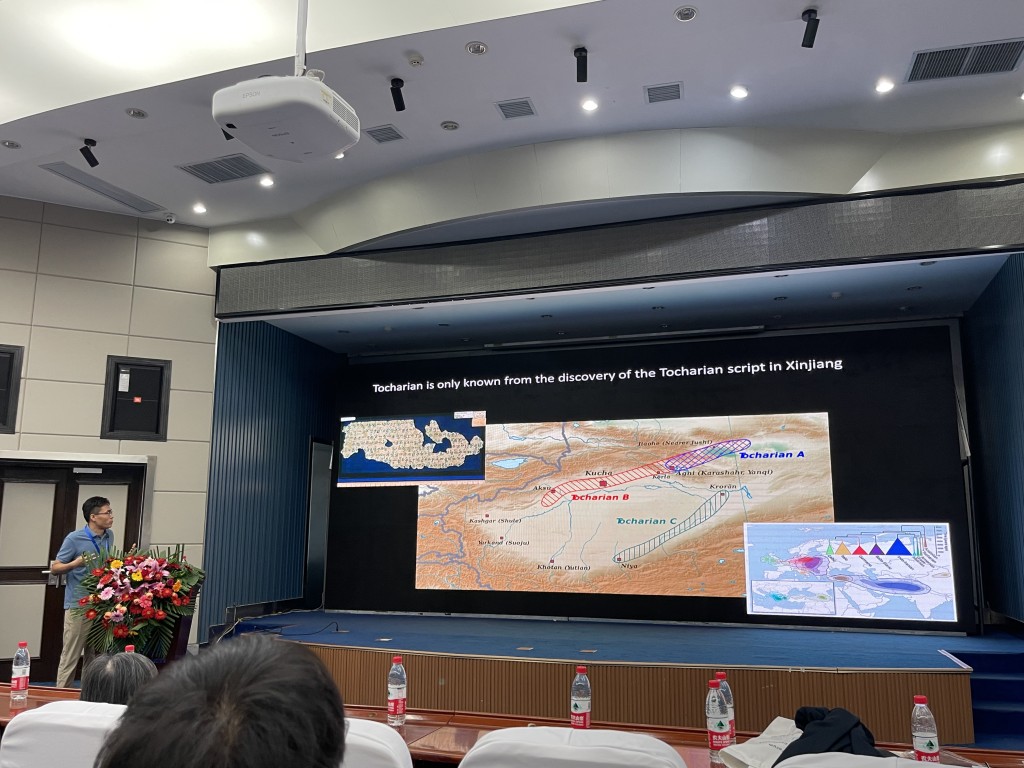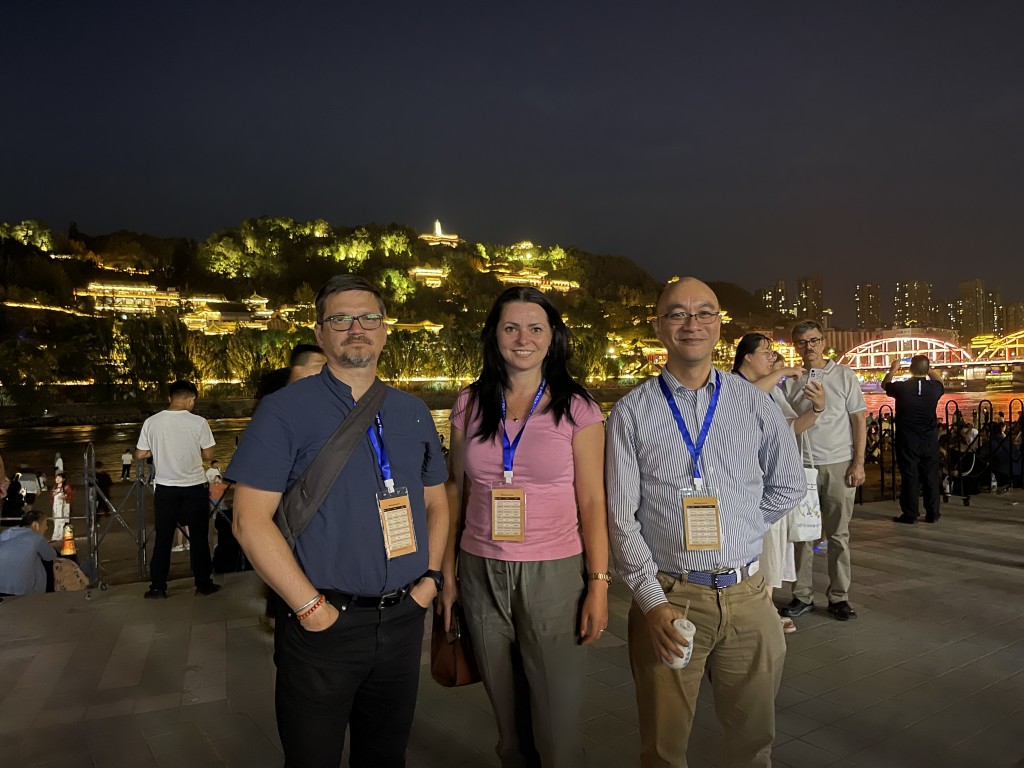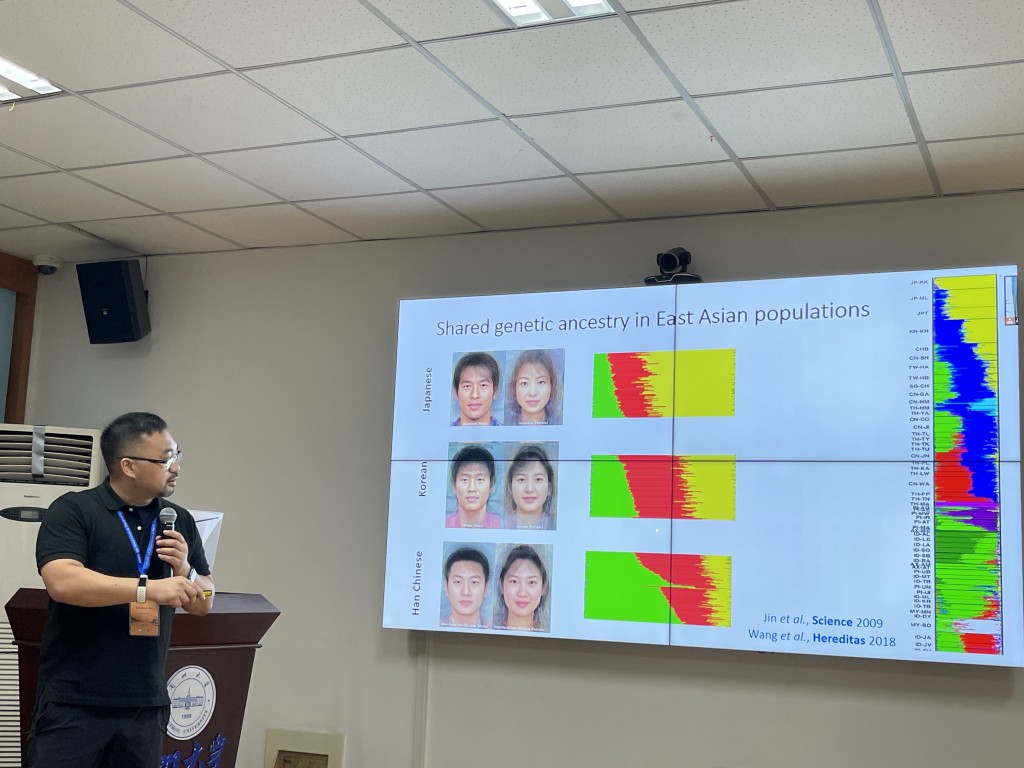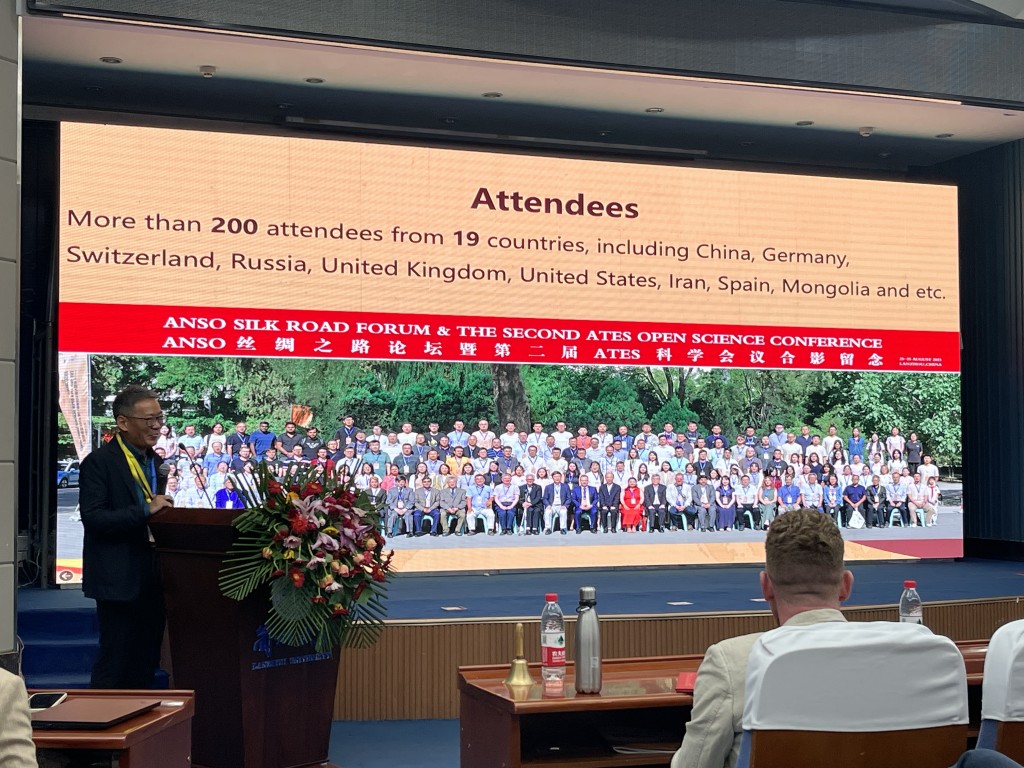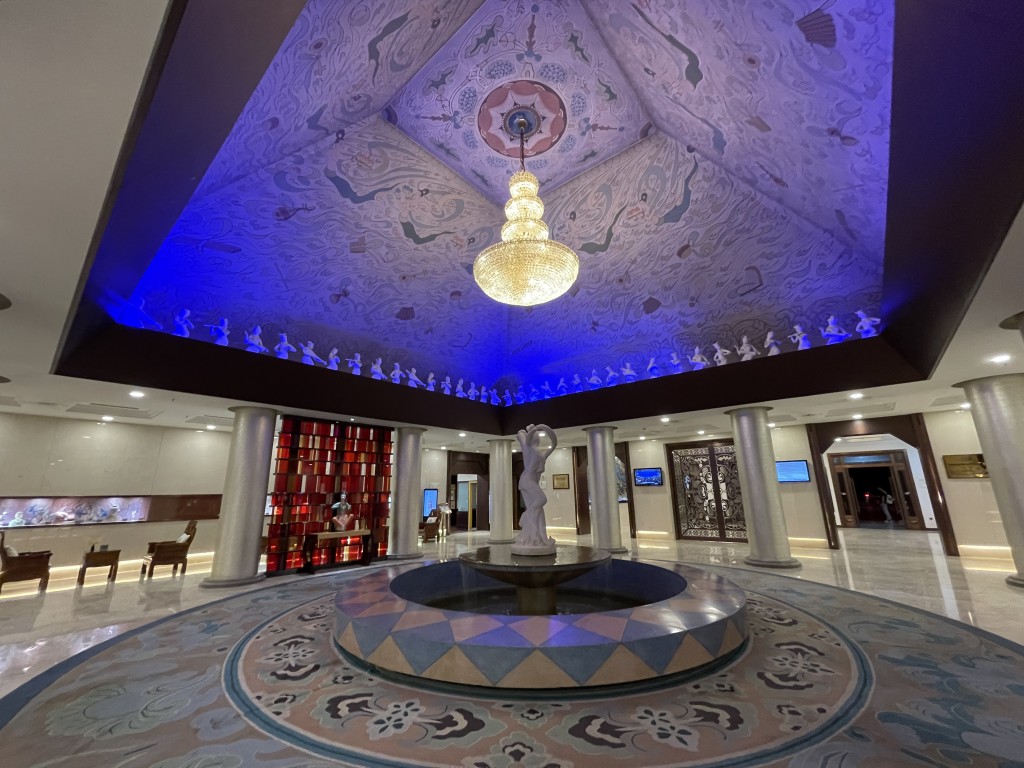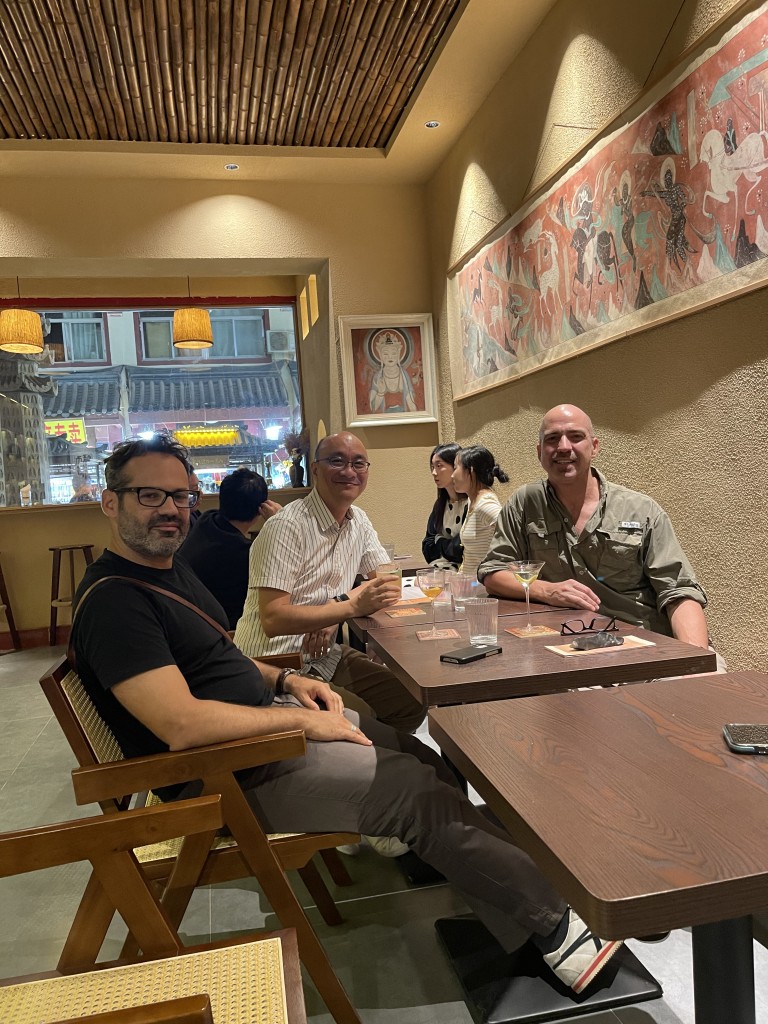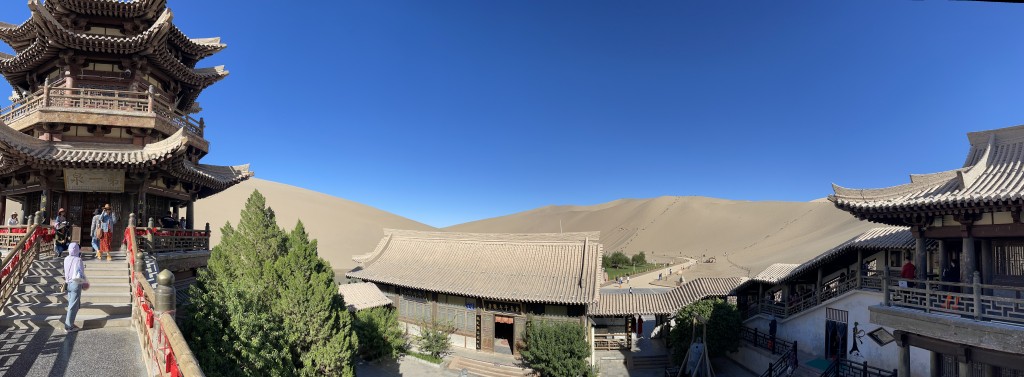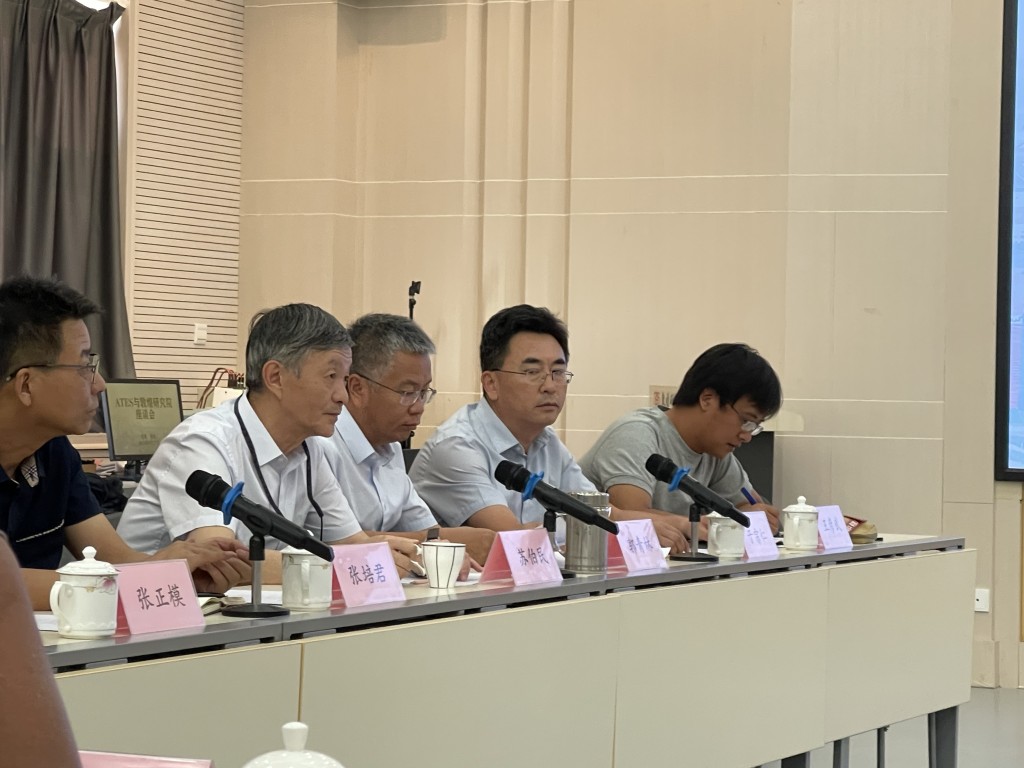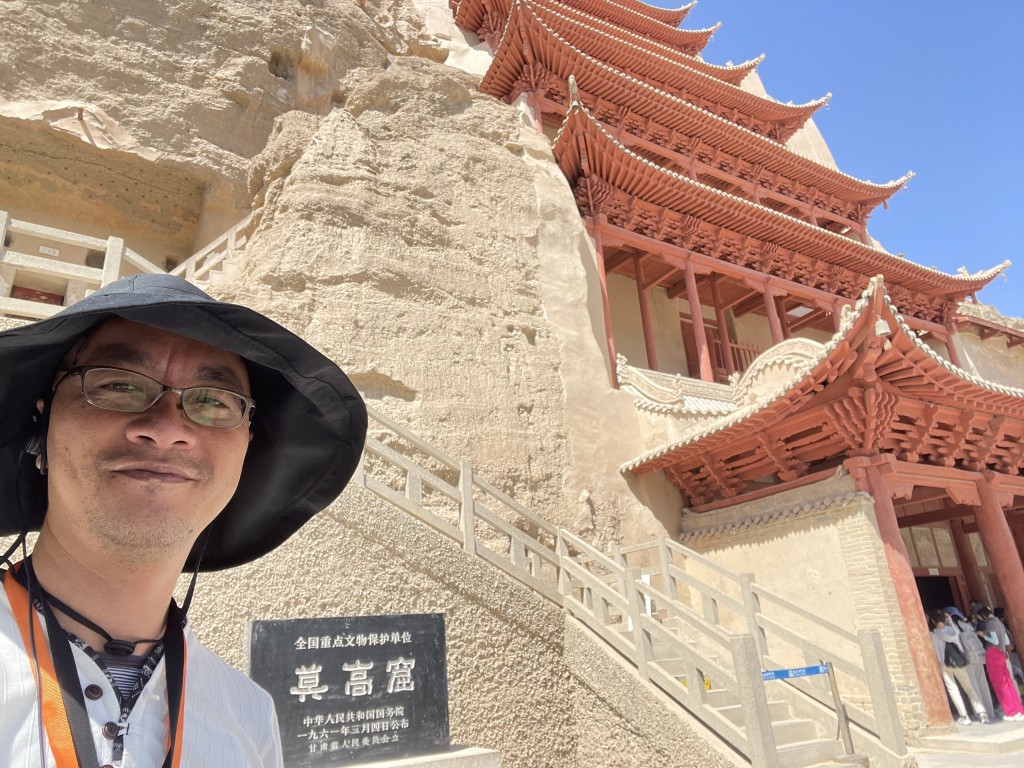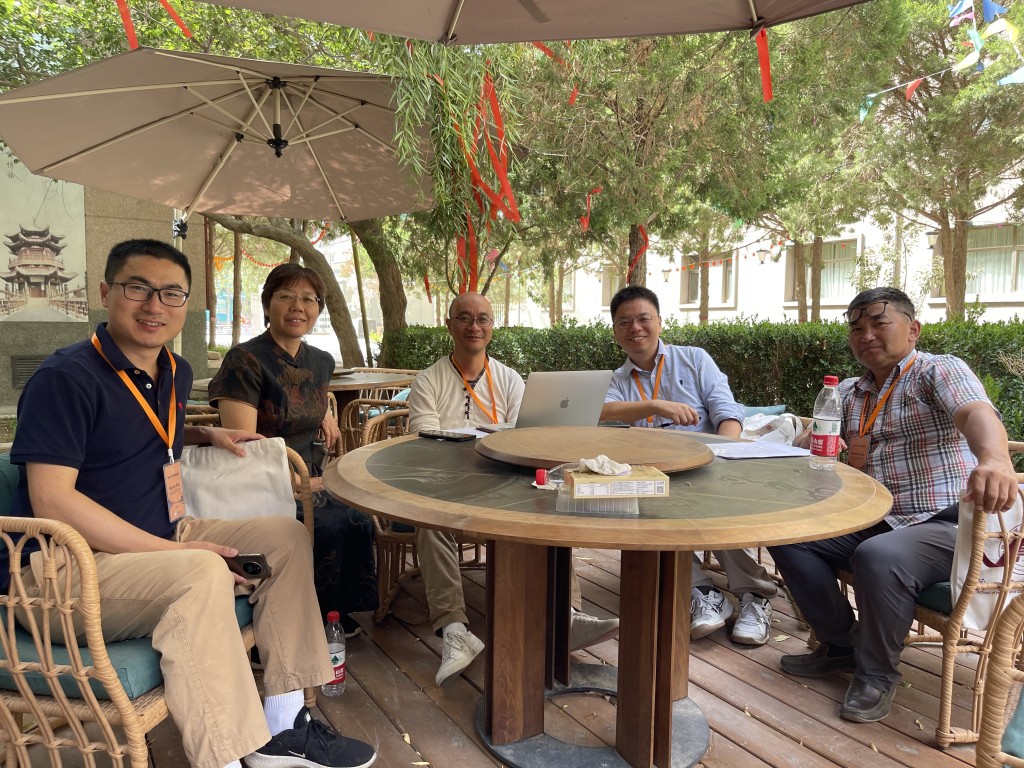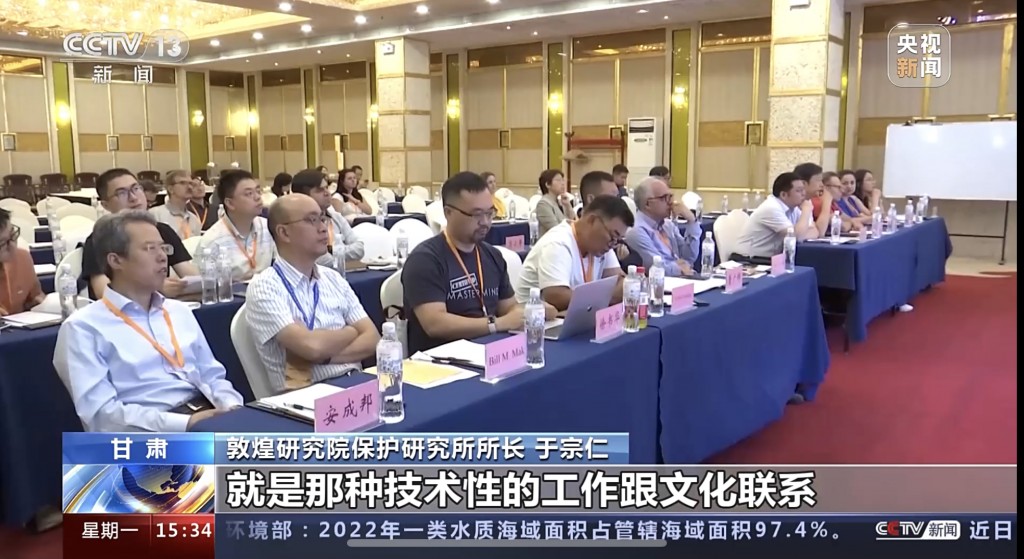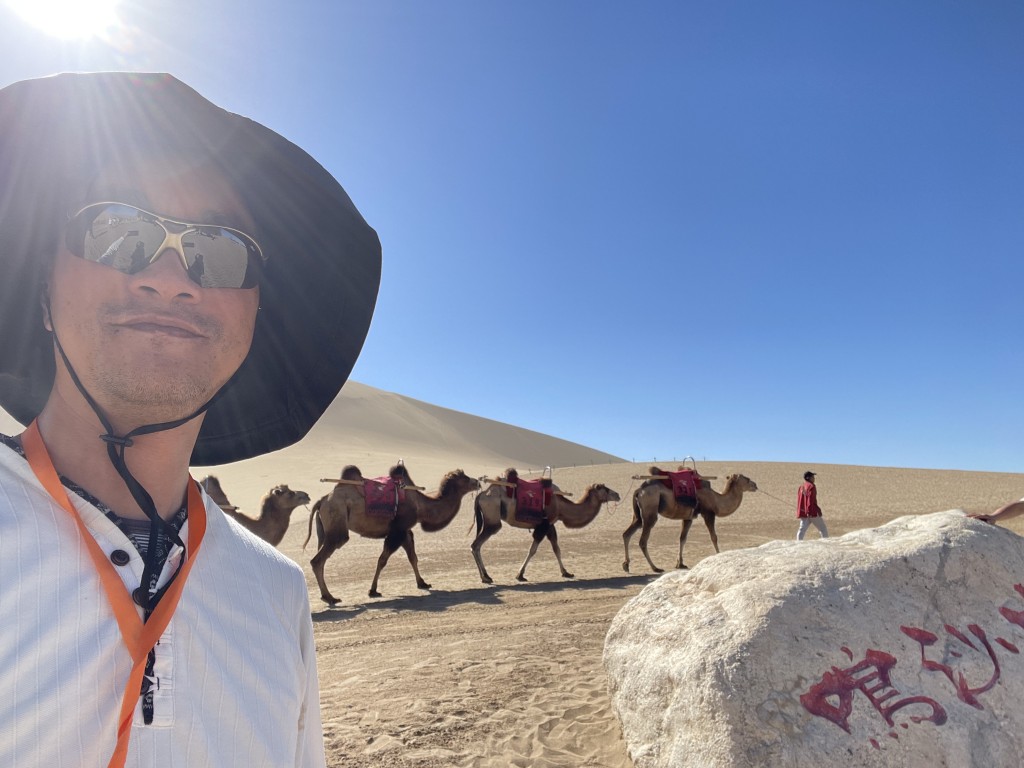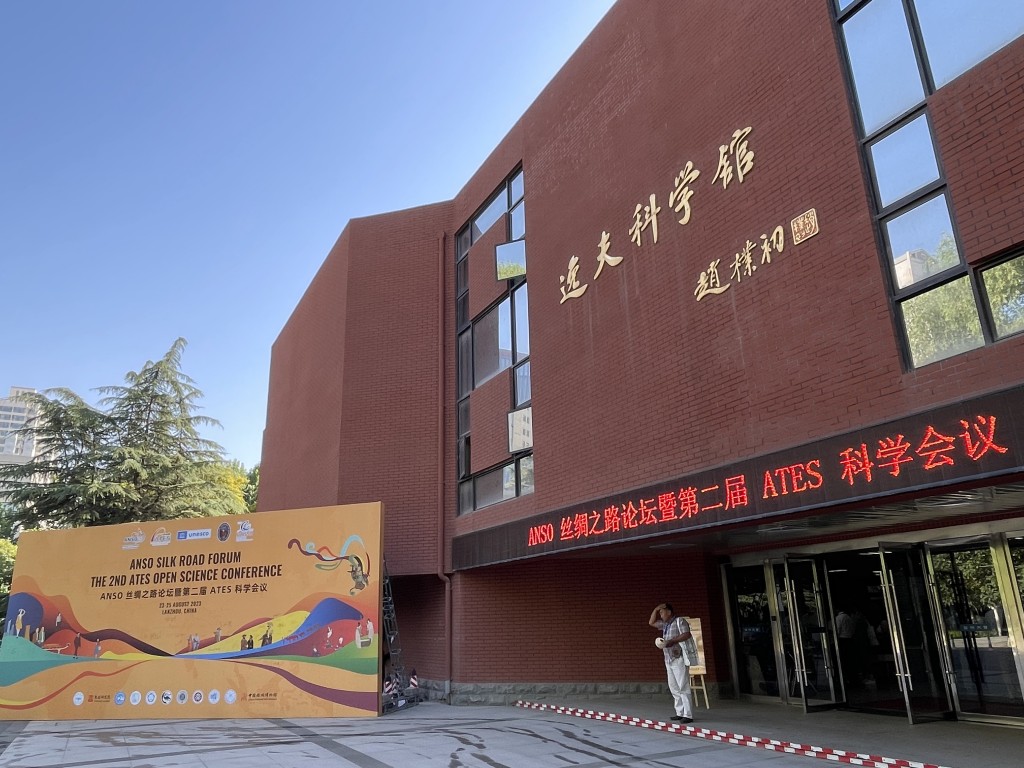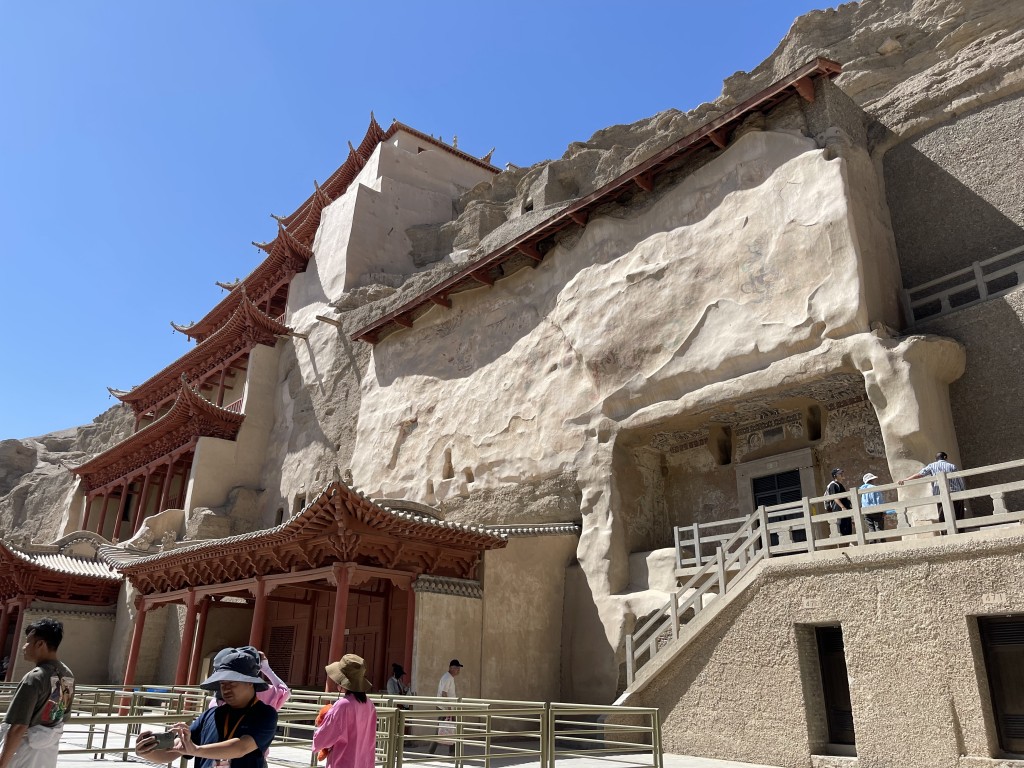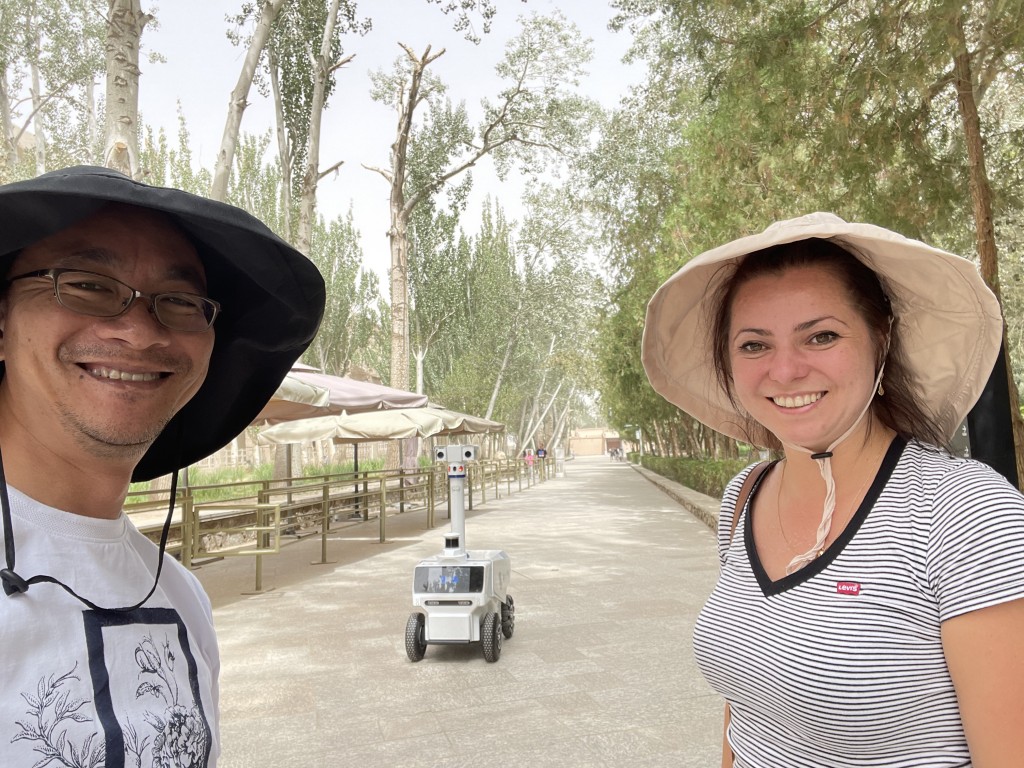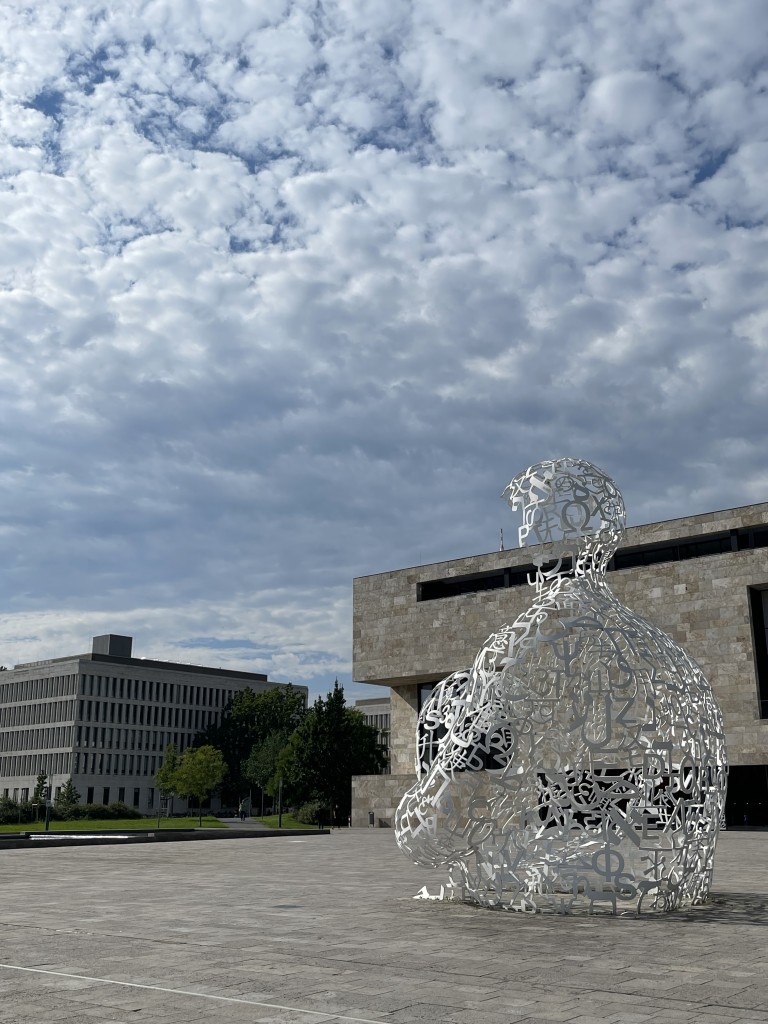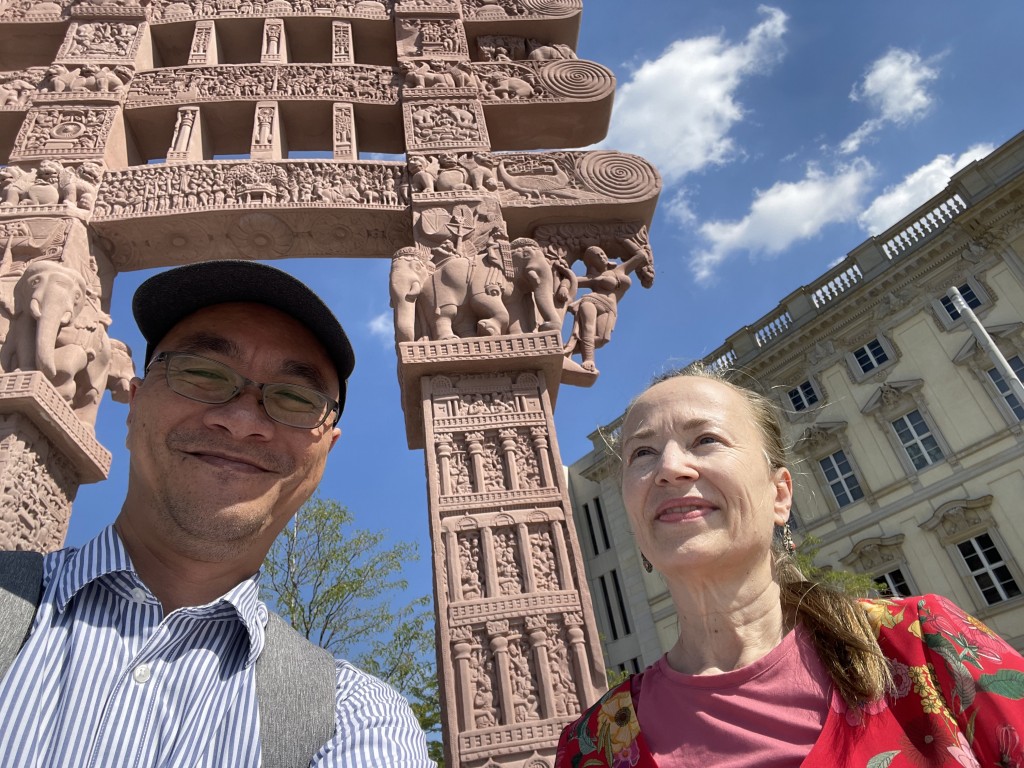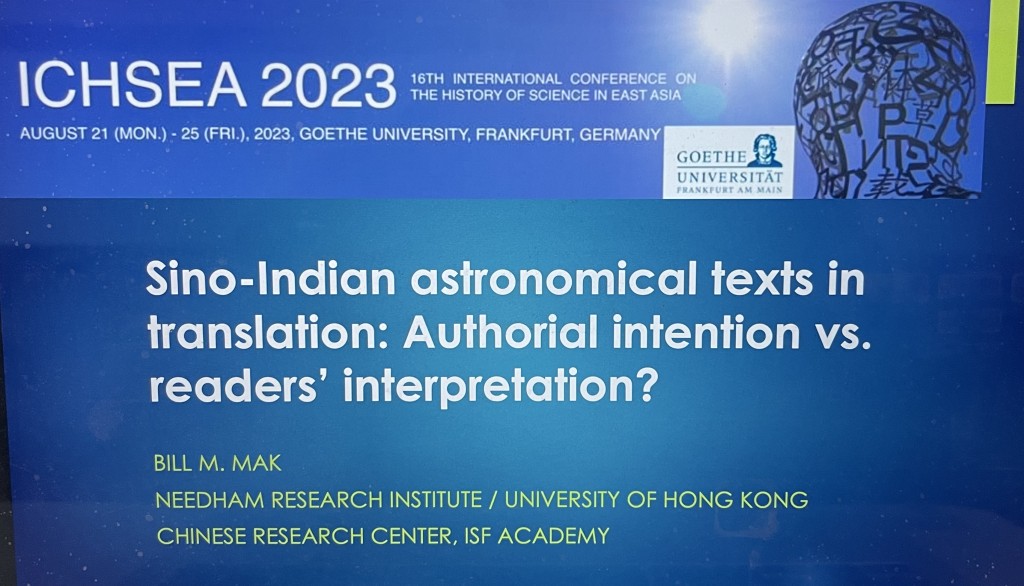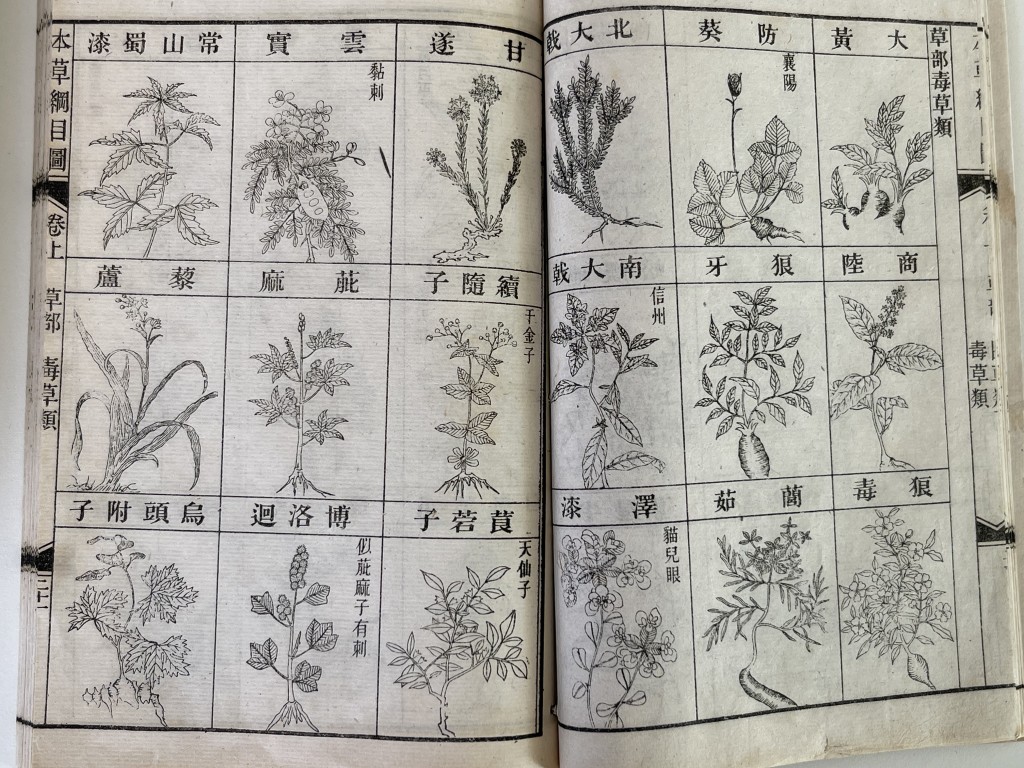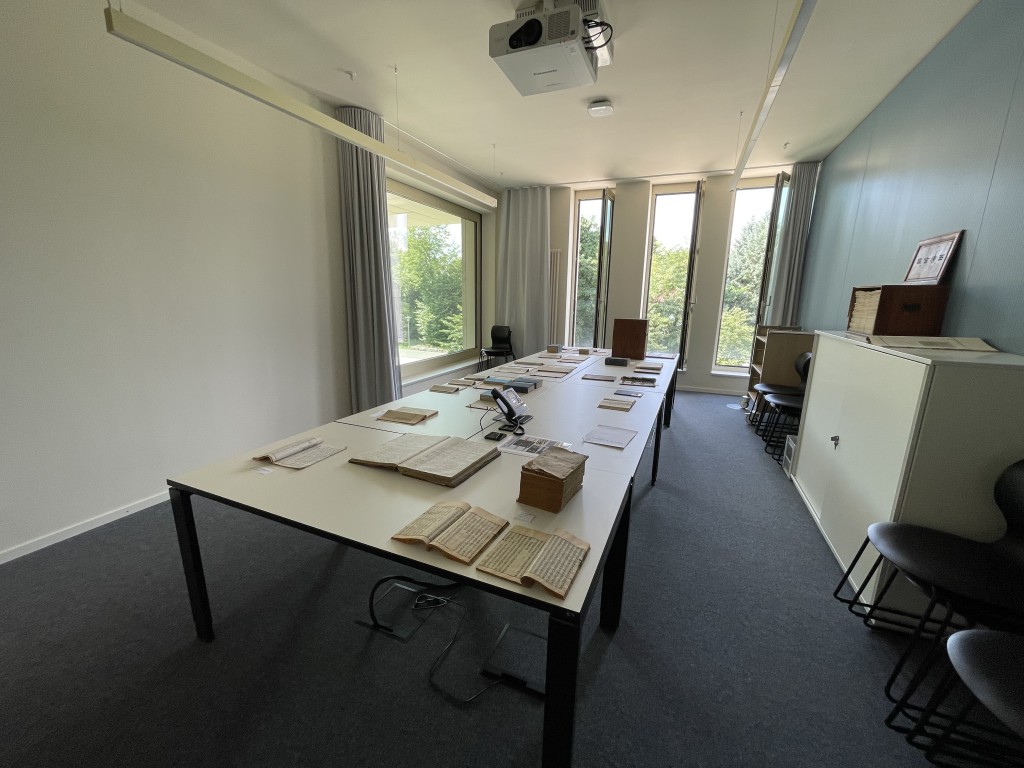ANSO Silk Road Forum + 2nd ATES Open Science Conference
It was disappointing to leave Germany practically on my third day after arrival, immediately after I delivered my report at the conference, three days before it officially ended. This was because I was invited to another major conference in China. The conference took place in Lanzhou and Dunhuang. This was a conference that I, as the Director of Chinese Research Center, could not miss out on. Since Dunhuang is the very topic that we focus on this semester, the visit was particularly timely. Our goal at the ISF Academy was to share the colourful and multicultural heritage of Dunhuang to the ISF community as well as the wider public. Officially, this “International Silk Road Scientific Conference” has a really interesting background and was officially named “ANSO Silk Road Forum” in conjunction with the “2nd ATES Open Science Conference”. As an international conference organised mainly by scientists of different disciplines, the way they extended an invitation to those in humanities was particularly noteworthy. The conference was divided into six panels – Climate, Geography, Urban and Population Change, Exchange of Ancient Technology, and Genetic Studies. I attended the conference as a speaker in the Panel for “Exchange of Ancient Technology”, which is by nature interdisciplinary. The number of participants in the conference was well over 100. My panel presentation was titled “Sino-Indian Astronomical Knowledge Transmitted on the Silk Road — From Kumārajīva to Amoghavajra”. It was well-received by the audience. The organisers of the conference reached out to me for further collaboration. Before I was invited to this conference, I knew nothing about the Alliance of International Science Organizations (ANSO) or the Association for Trans-Eurasia Exchange and Silk Road Civilization Development (ATES). They seemed to receive some support from the Chinese government’s “One Belt One Road” initiative, but not exclusively so. All in all, it was a fascinating conference with exciting topics and new possibilities. I look forward to more works coming out from this alliance. The first part of the conference was held in Lanzhou University, and the second part in Dunhuang. The topic of pre-modern science and technology in Dunhuang caught my attention since over a decade ago, when I first noted the astronomical artwork on the 61st Mogao Caves. It was an incredible experience to be able to visit and see the fantastic frescoes in real life. I am truly grateful to my many friends in China, the organisers – The Institute of Tibetan Plateau Research (ITP) and Lanzhou University for this meticulously organised conference, and the hospitality of the Dunhuang Academy.
